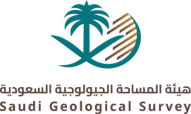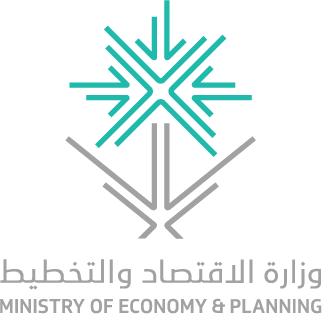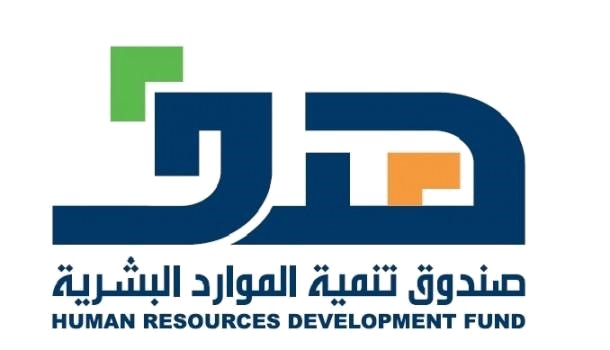MARKET INSIGHT
A deep dive look into the sectors
Select a Sector
Industry Aerospace
Aerospace
MARKET INSIGHT
Segment Rational
RATIONAL
The development of the Saudi Aerospace industry will bring enormous benefits to the Kingdom. Firstly, developing a base of manufacturers and service providers (mainly MRO ) will allow KSA to tap into its domestic civil aviation market, which will continue to grow as Saudi Arabia opens up to travel and tourism; similarly, in military aviation there is also great potential given KSA’s large defense budget. Second, the Aerospace industry promotes the creation of highly skilled professionals who typically lead the generation of ideas that are later applied to other sectors (e.g., aerodynamics, most demanding quality standards). Lastly, involvement in the Aerospace cluster builds technological know-how/ knowledge that creates opportunities in adjacent sectors. Overall, the Aerospace cluster will increase national resilience and create rewarding jobs for Saudis.
Segment Trends and Value Proposition
SEGMENT TRENDS
changing travel patterns and customers preferences
accelerated adoption of digital technology to manufacturing.
rapidly emerging aerospace market (e.g., UAVs and satellite/ space market.
increasing investment in the development of carbon neutral aviation options.
Value Proposition
•Civil and military aircraft demand.
• Access to Aerospace raw material (Aluminum and Titanium).
• The global Aerospace market is currently growing at 4% and is estimated to reach a value of USD 850 bn by 2030 driven by the increasing number of passengers worldwide (12,726 RPK by 2030). The middle east MRO market is estimated to reach value of $18 Bn.
• Regionally, Airline traffic growth in the Middle East is projected to increase by an average of 4.5% per year (vs. global growth of 4%).
• Rise of domestic UAV manufacturers is expected due to this limited barrier to entry.
• The UAV market was valued at 10.7 bn USD in 2019.
• In KSA, commercial passenger demand is expected to 3x from 99M to 330M by 2030, driven by rising tourism and transit demand. Air Cargo demand aspirations to reach 4.5 M tons from 0.8M tons.
• The Small satellite market is currently USD 2.8 bn and will experience massive growth (20%)in the next decade across most regions.
Segment Value Chain
Growth Rate of Global Traffic Flows
Drivers
• Demand for civil aerospace linked to travel –driven by economic growth, demographics & globalization.
• Asia-Pacific and the Middle-East expected to have greater than the global average traffic flows.
• Last decade, growth in passenger air travel was ~6.5%, in the coming decade it is expected to average ~4%.
• Current downtown expected to spur replacement of old planes. Thus, by 2039, world fleet to go from 25,900 to 48,400 aircraft.
Global Commercial Drones Market Size (Billion USD)
Global Drone Market Segmentation
Projected Global Drones Application Segment Shares by 2030
Projected Global Drones Segment Shares by 2030
Global Imports of Drones
Volume Share of Drones by Country
• USA leads in volumes imported with a sizeable 84% share from imported volumes, followed by Italy, China and Germany at 4%, 3% and 3% respectively.
• USA leads on value of imports is with 88% of imported value, followed by France, Italy and China at 3%, 2% and 1% respectively.
Growth Rate of Middle East Traffic Flows
Drivers
• In Saudi Arabia, the mega-projects, Hajj & Umrah traffic, increasing tourism ambitions are driving greater traffic flows.
• Regional demand for civil aerospace linked to fundamental global drivers, as well as key regional drivers: tourism & transit.
• Growth in passenger air travel expected to outgrow the rest of the world at ~4.5%.
• Intra-regional integration, along with greater inter-regional integration expected to support traffic flows.
• Service market size in the Middle East is expected to reach ~USD 725 bn by 2039 with a fleet size of 3500 civil aircraft (from ~1500 in 2019).
Drone Applications in KSA
Local Target Drone Market Size (Billion SAR)
Growth Rate Expectations of KSA Civil Passenger and Cargo
• KSA will need to prepare for a 3x increase in passenger demand; this implies that the current fleet will need to increase by ~1.7x or 2x depending on ability to capture.
• On the cargo side, similarly, a 3x increase in cargo volume will imply a similar increase (~1.7x or 2x) in number of freighters in the country. While new passenger planes may be narrow-body with less cargo capacity, there may be scope to convert older planes to cargo aircraft.
KSA Fleet Expectations
Demand Forecast for Civil and Defence Aerospace Market
The forecast for the value of combined commercial and defense aerospace global markets over the next decade, including services, is $8.5tn.
Aircraft MRO Market Size
• Long-term Aircraft MRO demand growth was generally driven by strong fundamental demand dynamics in travel and cargo.
• Rapid demand growth in developing markets, due to fleet size expansion with older, second-hand fleets.
• Emergence of low-cost carriers across regions drives MRO outsourcing demand, given infrastructure-light business models.
• Reversal of mega size aircraft trend already ongoing with shift from wide-body to narrow-body aircrafts, also changing Aircraft MRO demand.
Forecasted Military Expenditure by Country
Military Expenditure by Country
• United States and China together account for over half of the world’s military spending
• Saudi Arabia 5th largest defense spender
• Defense markets will have largely enduring demand driven by geopolitical and security challenges
Use of Composites in Aerospace Manufacturing
Global Aerostructures Market
Global Market of Mechanical Systems for Aerospace Industry
Global UAV Manufacturing Market
Global Small Satellites Market
Rotorcraft Global Market by Supplier Share
Global Market for Fixed Wing Aircrafts by Supplier Share
Global Fleet and MRO Spending
The data and information provided through Daleel platform are for indicative purpose, the provided data and information can be assessed further and analyzed as part of the feasibility studies. In addition, following are other key sources of information that can be used for business case development.
Key Sources for Data

National Geological Database
Reliable national geological and topographic data repository for the whole kingdom of Saudi Arabia including geological and topographic maps, Mineral Occurrences Documentation System (MODS), geochemistry and geophysics data, borehole data, surface samples data and more.

Invest Saudi
For information about investment opportunities in the kingdom to both foreign and domestic investors, as well as private sector businesses please visit Invest Saudi
Tariff Rates and Data
Through the website of the Zakat, Tax and Customs Authority, you can find the tariff rates and data for all kinds of products.

Import Data
Through the website of General Authority for Statistics, you can find detailed data on Import Statistics for all kind of goods.

Export Data
Through the website of General Authority for Statistics, you can find detailed data on Export Statistics for all kind of goods.

Factories Directory
The Factories Directory is provided by the National Industrial Information Center to enable the user to inquire about factories in the Kingdom by activity, production and location, in addition to other data and information.

Ministry of Economy And Planning
A unified platform to present and analyze the latest economic and social the kingdom and its regions in visually interactive ways that facilitate understanding of the Saudi economic landscape.

ZADD
ZAADD is one of the services of the Nine Tenths program launched by the Human Resources Development Fund with the aim of developing small and medium-sized enterprises and making them job-producing institutions. The program also enjoys support from many data-providing entities.